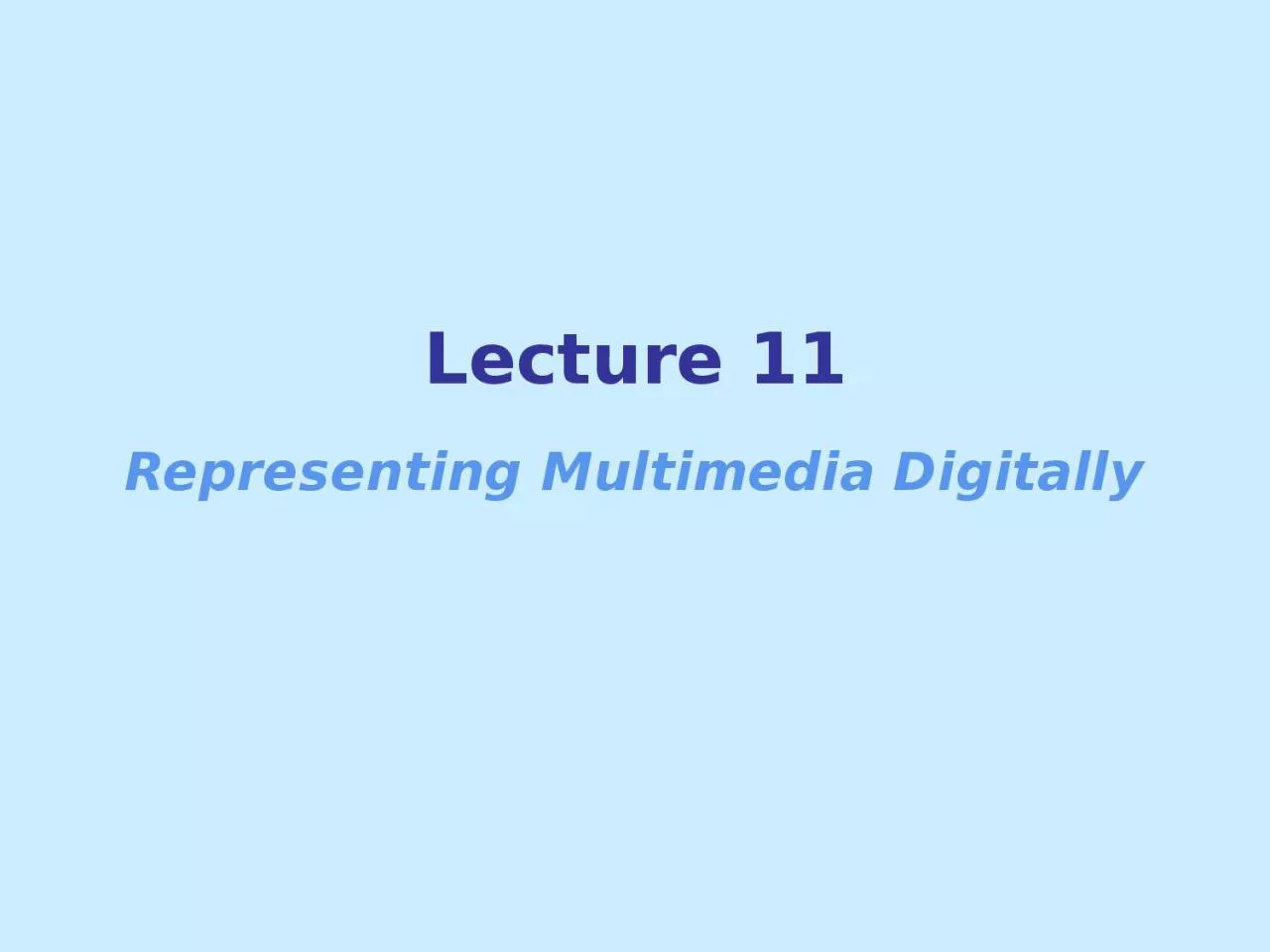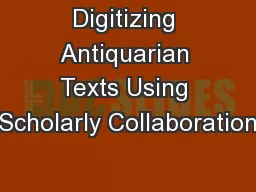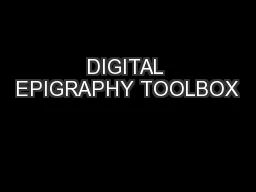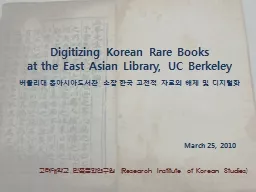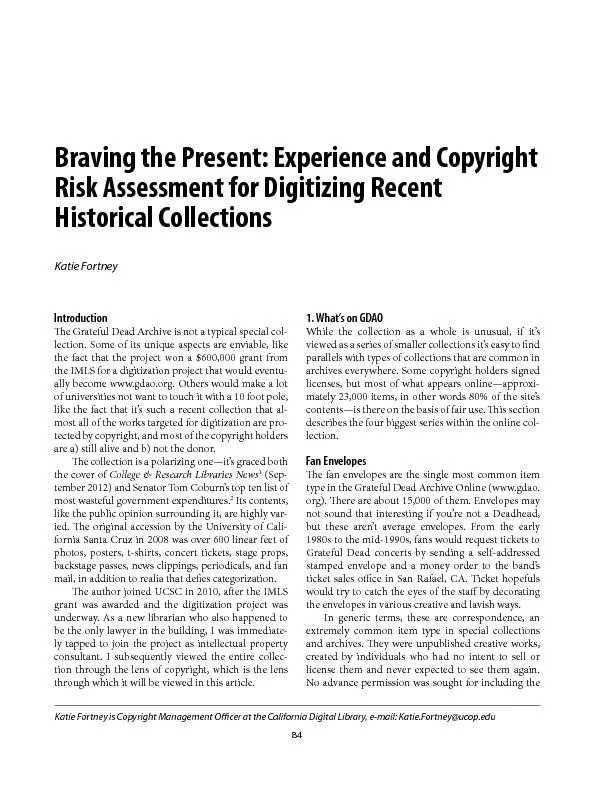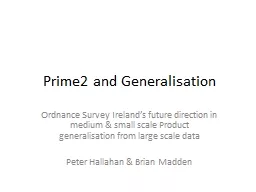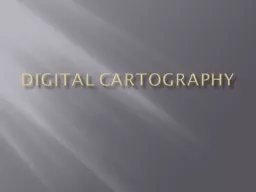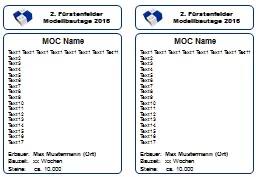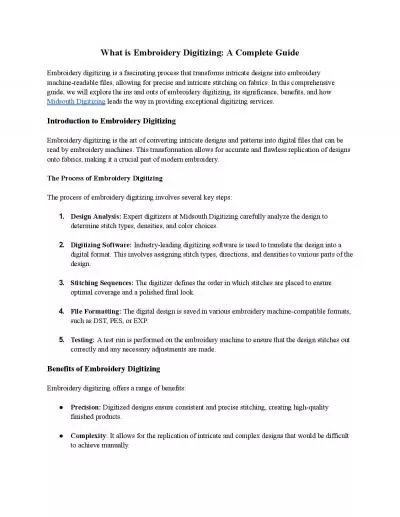PPT-Digitizing Data Text is easy
Author : susan2 | Published Date : 2024-02-03
What about multimedia P hotos audio and video Same principles Color and the Mystery of Light Color image Grid of pixels Pixel is formed from three primary colors
Presentation Embed Code
Download Presentation
Download Presentation The PPT/PDF document "Digitizing Data Text is easy" is the property of its rightful owner. Permission is granted to download and print the materials on this website for personal, non-commercial use only, and to display it on your personal computer provided you do not modify the materials and that you retain all copyright notices contained in the materials. By downloading content from our website, you accept the terms of this agreement.
Digitizing Data Text is easy: Transcript
Download Rules Of Document
"Digitizing Data Text is easy"The content belongs to its owner. You may download and print it for personal use, without modification, and keep all copyright notices. By downloading, you agree to these terms.
Related Documents

